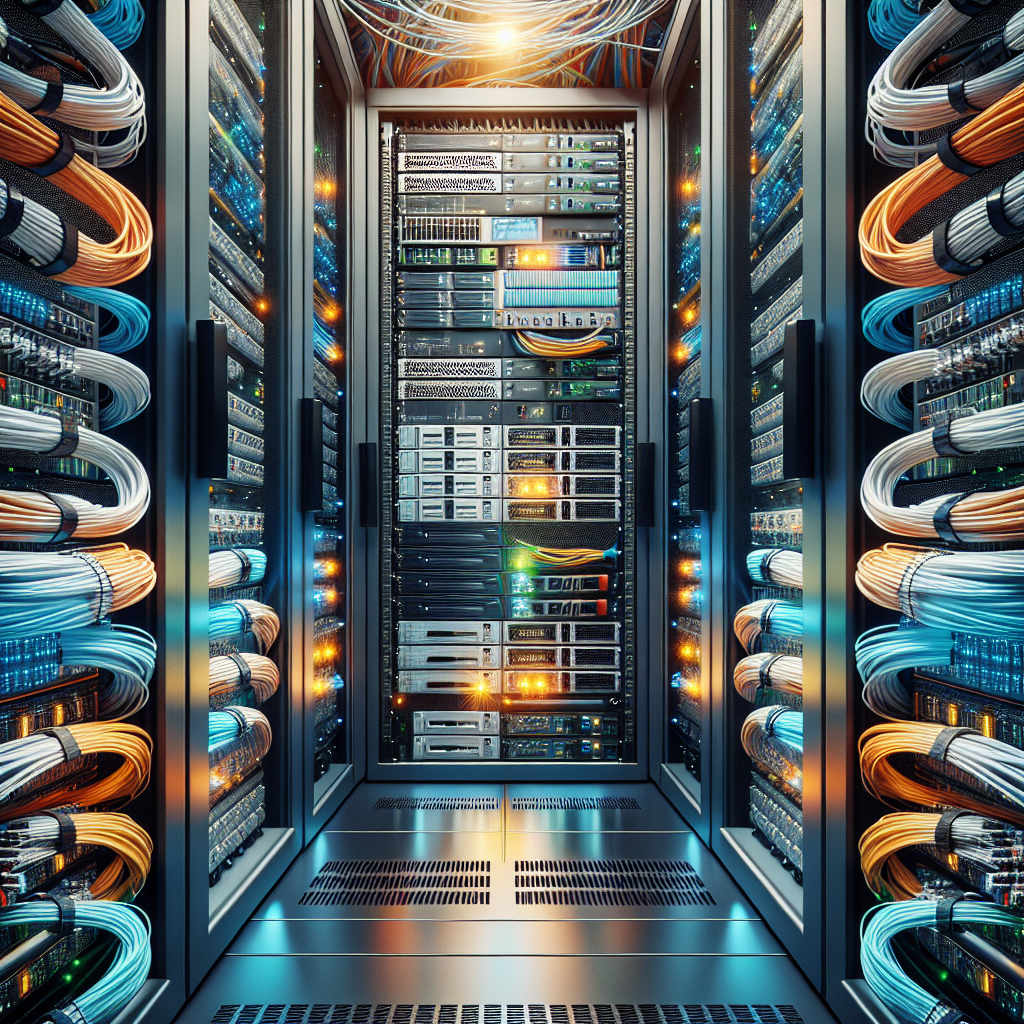Data center cabling is an essential component of any IT infrastructure, as it serves as the backbone for connecting various networking devices and systems. Understanding the different types of data center cabling is crucial for ensuring optimal performance, reliability, and scalability of the data center.
There are several types of cabling used in data centers, each with its own characteristics and advantages. The most common types of data center cabling include:
1. Copper Cabling: Copper cabling is the most traditional and widely used type of cabling in data centers. It consists of twisted pairs of copper wires that are used for transmitting data at high speeds. Copper cabling is known for its reliability, cost-effectiveness, and ease of installation. It is typically used for connecting servers, switches, routers, and other networking devices within the data center.
2. Fiber Optic Cabling: Fiber optic cabling is a newer and more advanced type of cabling that uses light signals to transmit data over long distances at high speeds. Fiber optic cabling is known for its superior performance, bandwidth, and resistance to electromagnetic interference. It is typically used for connecting data centers to external networks, as well as for high-speed data transfers between servers and storage devices within the data center.
3. Coaxial Cabling: Coaxial cabling is another type of cabling that is commonly used in data centers for connecting networking devices. It consists of a central conductor surrounded by a layer of insulation, a metallic shield, and an outer protective sheath. Coaxial cabling is known for its high bandwidth and resistance to interference, making it ideal for high-speed data transmission.
4. Ethernet Cabling: Ethernet cabling is a standardized type of cabling that is used for connecting networking devices in data centers. It consists of twisted pairs of copper wires that are used for transmitting data at speeds of up to 10 Gbps or higher. Ethernet cabling is known for its simplicity, reliability, and compatibility with a wide range of networking devices.
5. InfiniBand Cabling: InfiniBand cabling is a high-speed interconnect technology that is commonly used in data centers for connecting servers, storage devices, and other networking equipment. It provides high bandwidth, low latency, and scalability, making it ideal for demanding applications such as high-performance computing and cloud computing.
In conclusion, understanding the different types of data center cabling is essential for designing and implementing a reliable and high-performance IT infrastructure. By choosing the right type of cabling for your data center, you can ensure optimal performance, reliability, and scalability for your networking environment. Whether you opt for copper cabling, fiber optic cabling, coaxial cabling, Ethernet cabling, or InfiniBand cabling, it is important to consider your specific requirements and budget constraints to make the best choice for your data center.


Leave a Reply